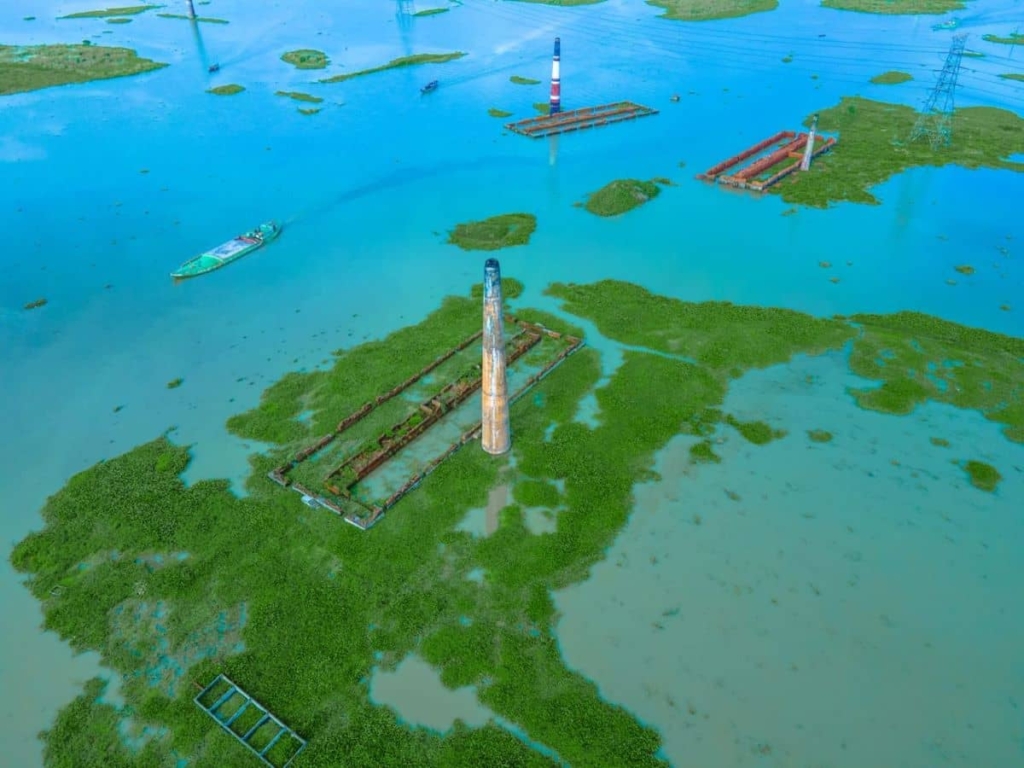
Harnessing philanthropic finance and emulating features from existing solutions could be a match made in heaven.
Extensive droughts affect food and water supplies, severe cyclones ravage communities, and homes become unliveable due to sea level rise – all problems exacerbated by climate change. Therefore, a Loss and Damage (L&D) Fund to address the consequences for the most vulnerable countries was established at the last round of global climate change negotiations in 2022.
It was a hard-fought outcome. But questions on how to administer, distribute and mobilise funds remain fiercely debated, which a Transitional Committee is meant to resolve in time for the next talks in December this year.
Rightfully so, developing countries have high hopes and expectations. But reaching agreement on the design of the new fund is far from straightforward. How to allocate L&D funding and how to ensure financial flows from sources beyond donor governments are among the critical issues to be resolved.
There are numerous options under consideration. With a plethora of suggestions for the shape of the fund coupled with political tensions, matters have become increasingly entangled.
Therefore, existing solutions are worth investigating and could respond to the challenges of creating a governing body and mobilising finance. A promising path forward could be to emulate the European Union Solidarity Fund (EUSF), combined with philanthropic contributions to top up public finance, rather than commercial participation from the private sector.
Why the EUSF? At its heart lies the acknowledgement of hardship for countries that have been “victims of disasters of such unusual proportions … that their own capacity to face up to them reaches to their limits”. Such unity, compassion and solidarity should be the underlying spirit of the L&D Fund. Adopting this sentiment would alleviate political tensions created by calls for compensation that distract from the hardship communities suffer and their critical need for assistance.
A few reasons illustrate why the idea of the EUSF has potential.
While the EUSF acknowledges hardship, it still does not cover all loss and damage caused by an extreme weather event and assumes a certain degree of responsibility by affected countries. Partial assistance is important to incorporate into the L&D fund as it is contested “how much” of an event is attributable to climate change (e.g. tropical cyclones have always occurred in certain regions in the world, but the severity and frequency have increased due to climate change).
The EUSF also addresses the problem of eligibility as it follows a needs-based allocation approach. To receive financial assistance, the loss of a country’s national income needs to exceed a certain threshold. With a cap on the overall payout, the scale of the disaster as well as the capacity of the affected country or region determines eligibility. For the L&D Fund, this could in certain cases exclude stronger economies and larger emitters.
Another advantage is that funds can be used with certain flexibility and, to an extent, at the country’s discretion, including for non-economic losses such as re-building cultural heritage. While the EUSF framework is typically used for the immediate aftermath of major disasters, it could be expanded to suit an L&D context and include, for instance, planned relocation due to sea level rise and displacement. In fact, the EUSF broadened its focus to include major public health emergencies during the Covid-19 pandemic.
And how to fill this new L&D Fund? The phrase “innovative funding sources” has been floating around for quite a while now, including “philanthropic money”, recognising that public finance on its own will inevitably fall short of what is needed. However, only limited research on how philanthropic contributions can be used has been done.
Philanthropic finance is a huge untapped resource and rising investments into climate change initiatives by philanthropists underscore the industry’s appetite to engage. But a lot of private giving to climate change causes is essentially investments – with projects aimed at generating financial returns, such as renewable energy. What’s needed for L&D, however, is philanthropic funds for altruistic reasons – no strings attached, no expectation of a payback.
Compounding the problem is that giving by rich individuals and philanthropic foundations to environmental causes – as noble as it might be – is uncoordinated and directed to myriad buckets of money.
The L&D Fund presents a unique opportunity to strategically engage a pool of philanthropies and channel continuous financial flows to pay for and address the consequences of climate change in those countries that have made a negligible contribution to the problem yet suffer the most.
The EUSF has much to offer. And so does philanthropic funding. Both work on the concepts of solidarity, unity and acknowledging hardship and can provide much-needed assistance. That’s what L&D should be all about. A combination of the two, with adjustments to suit L&D, provides a path to overcoming the existing challenges facing the new L&D Fund that should be explored.
Originally published by The Interpreter.







